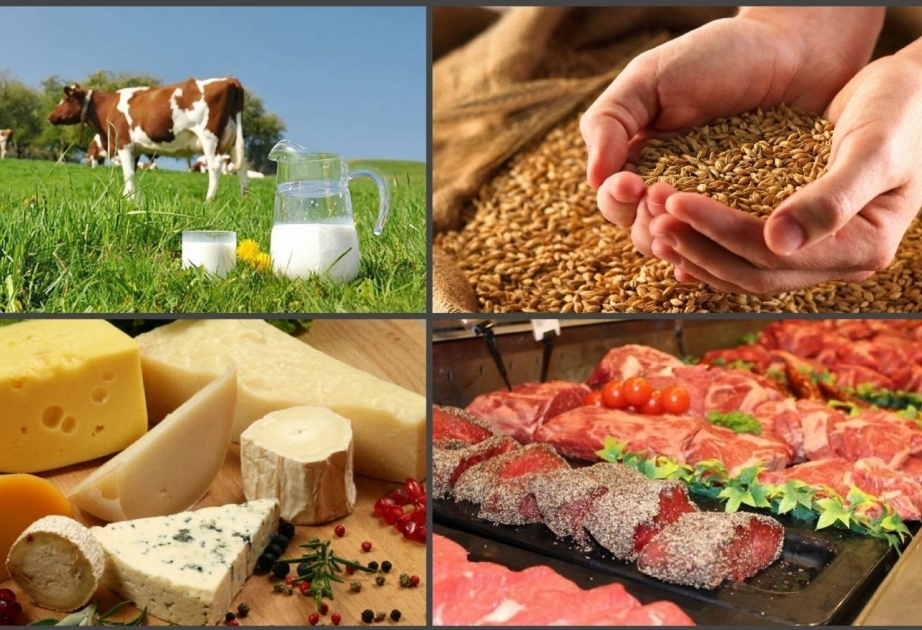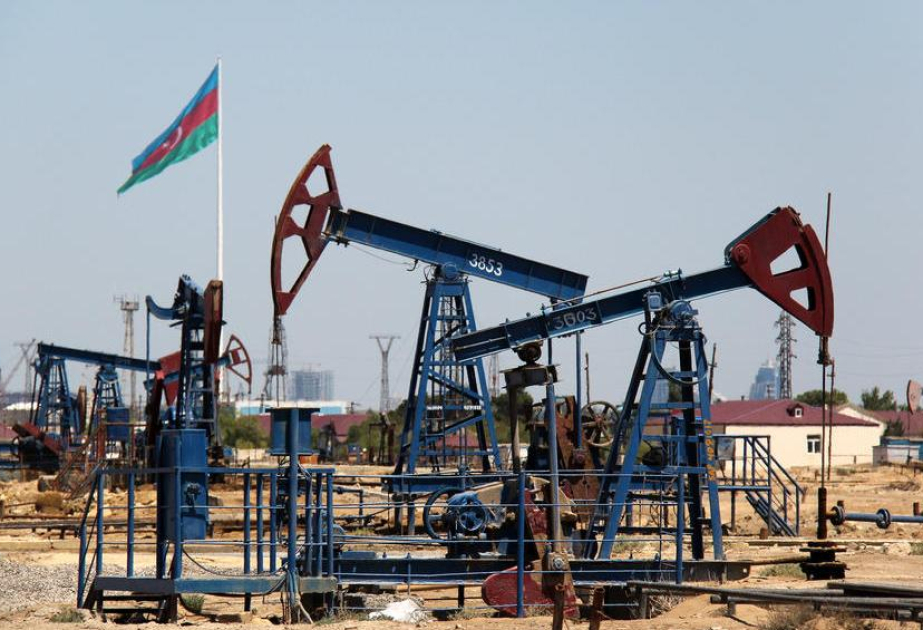The benchmark for world food commodity prices declined for the seventh consecutive month in February, as lower international quotations for all major cereals more than offset rising prices of sugar and meat, the Food and Agriculture Organization of the United Nations (FAO) reported Friday.
The FAO Food Price Index, which tracks monthly changes in the international prices of a set of globally-traded food commodities, averaged 117.3 points in February, down 0.7 percent from January and 10.5 percent from the same month a year ago.
The FAO Cereal Price Index decreased by 5.0 percent in February to reach a level 22.4 percent below that of February 2023. Maize export prices dropped the most amid expectations of large harvests in South America and competitive prices offered by Ukraine, while international wheat prices declined mostly due to a strong export pace from the Russian Federation. International rice prices also declined, by 1.6 percent in February.
The FAO Vegetable Oil Price Index decreased by 1.3 percent from January to stand 11 percent below its February 2023 value. International soyoil prices dropped markedly, underpinned by prospects of abundant soybean outputs in South America, while ample global export availabilities of sunflower and rapeseed oils pushed their prices down. World palm oil prices rose marginally in February due to seasonally lower production.
The FAO Sugar Price Index, by contrast, rose 3.2 percent in February. The increase reflected persistent concerns over Brazil’s upcoming output after a prolonged period of below-average rainfall as well as forecast production declines in Thailand and India, two leading exporting countries.
The FAO Meat Price Index rose by 1.8 percent from January, with poultry meat quotations rising the most, followed by those for bovine meat, impacted by heavy rains disrupting cattle transportation in Australia. Pig meat prices also rose slightly due to higher demand from China and a tight supply situation in Western Europe. International ovine meat prices declined due in part to record-breaking production following flock rebuilding in Australia.
The FAO Dairy Price Index increased by 1.1 percent, led by higher import demand from Asian buyers for butter. Prices of milk powders and cheese also rose marginally.

















.png)



